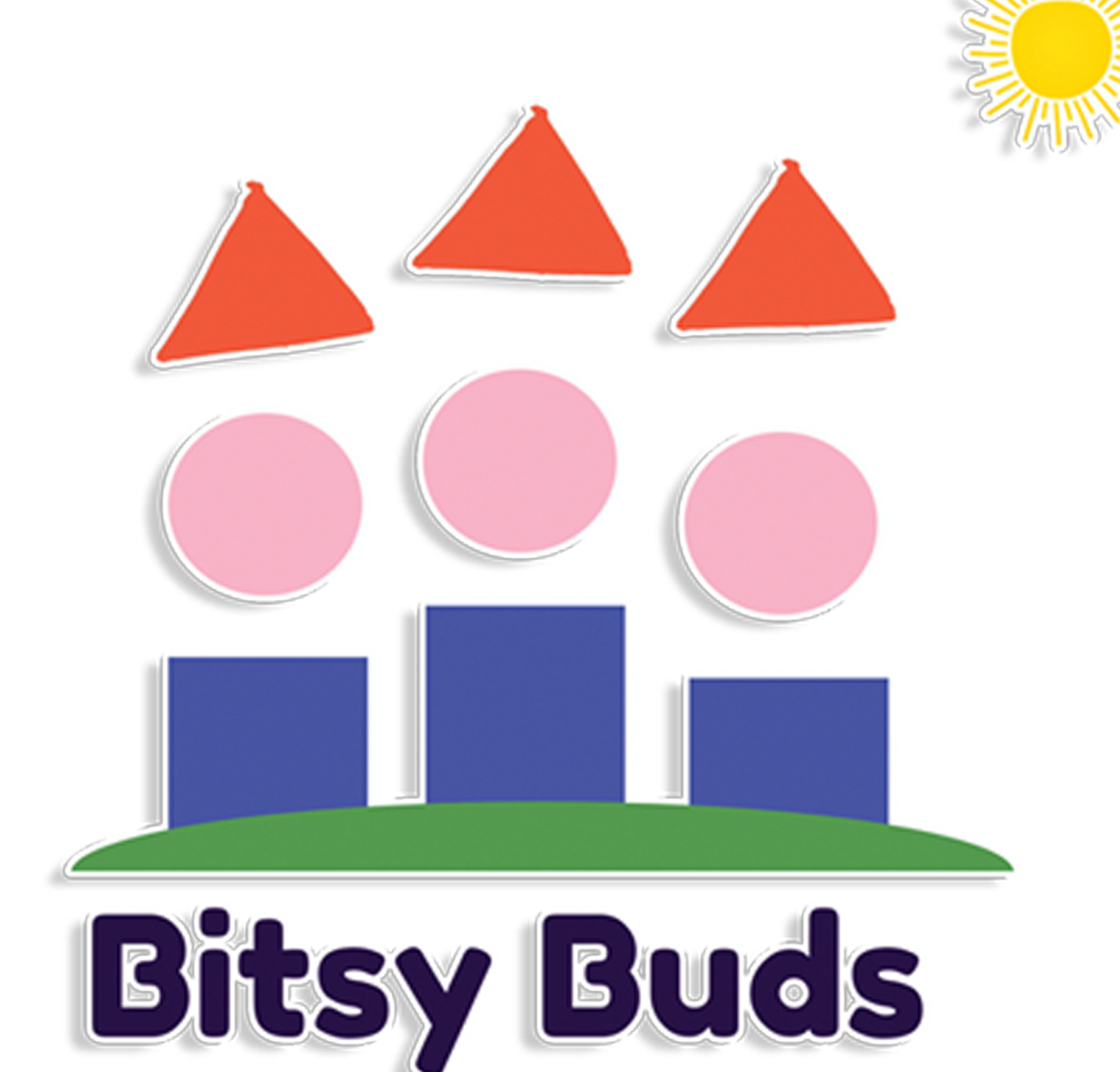
Social Skill Training
Social skills training (SST) is a therapy aiming to develop, improve and establish a social skills in individual with communication disorders such as Autism spectrum disorder, Attention deficit hyperactive disorder, Pervasive developmental disorders, Semantic Pragmatic disorders etc.
SST will be designed and conducted based on individual profile and provided in both in one on one sessions and as well in group. SST sessions will focus on developing and maintaining joint attention, theory of mind, emotional skills, self-regulation, perspective taking, relationship building, executive functioning and socially appropriate behavior and language abilities.KANAV helps strive to mold the individual’s interms of social thinking abilities and train them to be an inclusive member of the society.
KANAV also utilize the technology in developing the social skills by making a customized therapy app for social skills. For more details, rules, policies, requirements and queries about of the Social skill therapy app contact KANAV services for special needs.

